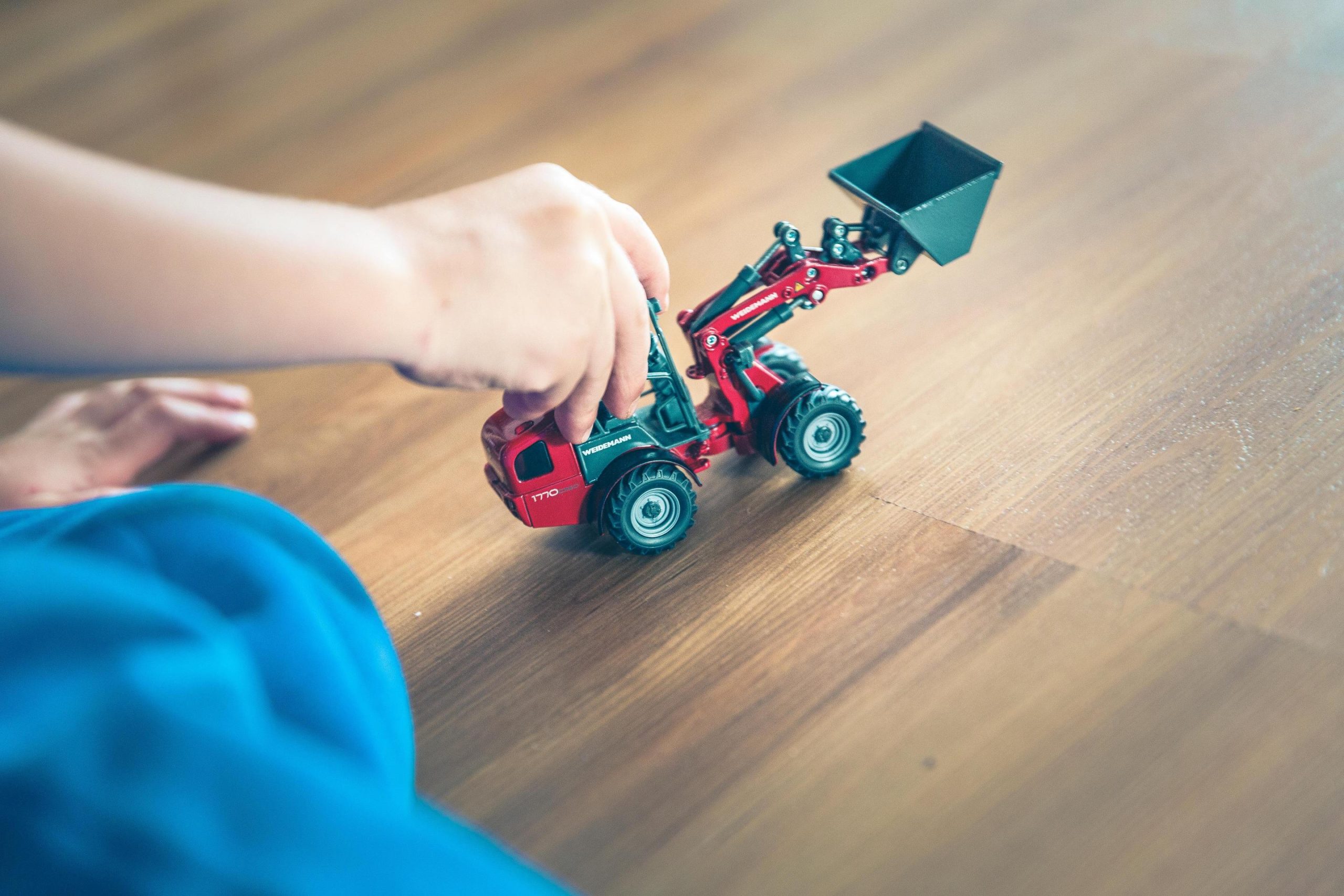Linoleum floors are popular in many homes because they are durable, eco-friendly, and easy to maintain. But like any flooring material, linoleum requires the right cleaning approach to stay in good condition. Using harsh chemicals, too much water, or abrasive tools can damage the surface and shorten the floor’s lifespan. This comprehensive guide will walk you through exactly how to clean linoleum floors safely and effectively, offering helpful tips for everyday upkeep, deep cleaning, stain removal, and long-term maintenance.
Whether you’re caring for old linoleum in an older house or maintaining new sheets or tiles, this article will help you keep your floors looking bright and polished year-round.
Understanding Linoleum Flooring

Before learning the best cleaning methods, it’s important to understand what linoleum is. Many people confuse linoleum with vinyl, but the two are very different. Linoleum is made from natural materials such as linseed oil, cork dust, wood flour, and minerals. Because of its organic composition, linoleum is durable yet sensitive to certain chemicals and moisture levels.
Key Features of Linoleum
- Eco-friendly and biodegradable
- Resistant to wear when properly sealed
- Offers a soft, comfortable underfoot feel
- Can last 20–40 years with good maintenance
Why Cleaning Technique Matters
- Excess water can seep into seams and cause warping
- Harsh cleaners can strip the protective sealant
- Abrasive tools can scratch or dull the surface
The right cleaning routine protects the natural material and keeps it looking its best.
Daily Cleaning Routine for Linoleum Floors
Daily cleaning prevents dirt buildup, scratches, and long-term wear. Even if you don’t deep clean often, staying consistent with light maintenance makes a huge difference.
Daily Cleaning Steps
- Sweep or vacuum the floor to remove dust, crumbs, and debris.
- Use a soft-bristle broom or a vacuum without a beater bar.
- Spot clean spills immediately to prevent staining or moisture damage.
Why Daily Cleaning Helps
Regular sweeping prevents grit from scratching the surface, especially in high-traffic areas like kitchens and hallways. Linoleum tends to show dust quickly, so daily upkeep keeps floors presentable and easier to maintain.
Weekly Cleaning Routine: Gentle Mopping
A weekly cleaning session allows you to refresh your linoleum floors without over-saturating them. Remember: linoleum should never be soaked with excess water.
How to Mop Linoleum Floors Safely
- Use warm water with a mild dish soap or gentle floor cleaner.
- Always wring out your mop thoroughly—slightly damp is best.
- Mop in sections using smooth, consistent strokes.
- Rinse the mop frequently to avoid spreading dirt.
- Dry the floor with a clean towel or microfiber cloth.
Recommended Tools
- Microfiber mop
- Bucket with wringer
- Mild, pH-neutral cleaner
- Soft towels for drying
Weekly mopping brightens dull floors and removes residue without damaging the finish.
Deep Cleaning Linoleum Floors
Deep cleaning should be done once a month or anytime your floors start to look dull, sticky, or heavily soiled. The goal is to clean thoroughly without using chemicals that can harm the linoleum.
Step-by-Step Deep Cleaning
- Sweep and vacuum the entire space.
- Prepare a gentle cleaning solution using warm water and mild detergent.
- Use a microfiber mop to scrub lightly, focusing on traffic lanes.
- For extra cleaning power, add a small amount of baking soda to problem areas.
- Use a soft-bristle brush for stubborn spots—not steel wool or abrasive pads.
- Rinse the floor with clean warm water to remove any residue.
- Dry thoroughly using clean towels or open windows to speed evaporation.
Deep Cleaning Tips
- Never use steam cleaners—heat can warp linoleum.
- Avoid ammonia, bleach, or highly alkaline cleaners.
- Work in small sections to prevent oversaturation.
Deep cleaning not only restores shine but also helps maintain the protective finish.
How to Remove Stubborn Stains from Linoleum
Even with regular cleaning, stains can appear on linoleum floors. Acting quickly and using the right method can prevent long-lasting discoloration.
Common Linoleum Stains and How to Remove Them
Grease or Oil Stains
- Sprinkle baking soda on the stain.
- Gently scrub with a damp cloth.
- Rinse and dry the area.
Scuff Marks
- Rub with a clean tennis ball or white eraser.
- Avoid using abrasive scrubbers that can scratch the surface.
Food or Drink Stains
- Apply a mixture of vinegar and warm water.
- Let it sit for 5 minutes before wiping.
- Rinse thoroughly to avoid residue.
Ink or Dye Stains
- Use rubbing alcohol on a cotton ball.
- Apply sparingly and rinse immediately.
Stain Removal Precautions
- Test any cleaner on a hidden spot first.
- Don’t allow solutions to sit too long—they can dull the finish.
- Avoid harsh or acidic cleaners unless recommended for linoleum.
How to Restore Shine to Linoleum Floors

Over time, linoleum can look dull due to foot traffic, residue buildup, or general wear. Restoring shine is simple when you use the right products.
Ways to Revive Shine
- Use a linoleum-safe floor polish recommended by flooring manufacturers.
- Clean thoroughly before applying any floor finish.
- Apply polish evenly with a microfiber mop.
- Let it dry completely before walking on the floor.
Avoid These Mistakes
- Don’t use wax unless your linoleum is designed for it.
- Avoid oil-based polishes, which can make floors slippery.
- Never apply polish to dirty or dusty surfaces.
A refreshed shine boosts the appearance of your home and protects the flooring from future wear.
Natural Cleaning Solutions for Linoleum Floors
Many homeowners prefer natural cleaners for safety, cost savings, and eco-friendly benefits. Linoleum responds well to several homemade solutions, as long as they are used correctly.
Safe Natural Cleaners
- White vinegar + warm water
- Baking soda paste for stains
- Lemon juice diluted for deodorizing
- Castile soap solution for general cleaning
Benefits of Natural Cleaners
- Safe for children and pets
- Affordable and accessible
- Eco-friendly and biodegradable
- Effective for everyday messes
Tips for Using Natural Cleaners
- Always dilute vinegar to avoid dulling the surface.
- Avoid overusing lemon juice—it is still acidic.
- Rinse floors with water after natural cleaning to prevent film buildup.
What to Avoid When Cleaning Linoleum Floors
Using the wrong cleaners or tools can shorten the lifespan of your floors. To protect your linoleum, avoid the following:
Never Use These Cleaners
- Full-strength vinegar or lemon juice
- Ammonia
- Bleach
- Abrasive powders
- Oil-based polish
- Steam cleaners
Avoid These Tools
- Steel wool
- Hard-bristle brushes
- Scouring pads
- Soaking wet mops
Why These Products Are Harmful
- Acidic cleaners break down the protective seal.
- Excess water can weaken adhesive and cause warping.
- Abrasive tools scratch the surface, making it harder to clean.
Understanding what not to use is just as important as knowing the right cleaning method.
Preventive Care for Linoleum Floors
Keeping linoleum floors looking clean and new isn’t just about deep cleaning—it’s about building simple habits that protect the material from damage. Preventive care helps reduce everyday wear, keeps the surface shiny, and extends the life of the flooring. With the right routine, linoleum can stay in great shape for decades.
Preventive Tips
Regular upkeep goes a long way. Try adding these habits to your daily and weekly routines:
- Place mats at all entrances. Door mats catch dirt, sand, and moisture before they get tracked into the house. This helps prevent scratching and staining.
- Use felt pads under furniture legs. Heavy furniture can leave dents or scrape the surface when moved. Felt pads soften the pressure and prevent marks.
- Sweep high-traffic areas daily. Places like hallways, kitchens, and entryways collect debris faster. A quick sweep keeps grit from grinding into the floor.
- Wipe spills immediately. Linoleum is water-resistant, not waterproof. Leaving moisture on the surface too long can cause discoloration or curling edges.
- Rearrange furniture occasionally to prevent uneven fading. Sunlight can lighten parts of the floor over time. Moving furniture helps the color fade evenly instead of leaving patches.
Long-Term Maintenance
In addition to day-to-day care, linoleum benefits from periodic deeper maintenance to keep it strong and protected:
- Apply a protective sealant every 1–2 years. A quality sealant adds a protective layer that defends against scratches, stains, and water damage.
- Avoid dragging heavy furniture across the floor. Always lift furniture or use sliders. Dragging can tear or gouge the linoleum.
- Maintain indoor humidity to prevent warping. Linoleum is made from natural materials that expand and contract with humidity. Keeping indoor levels stable helps prevent buckling or gaps.
Preventive care is one of the easiest ways to keep your linoleum floors looking their best. With simple, consistent habits and occasional deep protection, your flooring will stay durable, shiny, and attractive for many years.
How to Clean Linoleum Floors in Specific Areas
Different areas of your home may require slightly different cleaning approaches based on usage, foot traffic, and moisture levels.
Kitchen Linoleum Floors
- Clean spills immediately to prevent grease buildup.
- Mop weekly to remove food residue.
- Use mats near sinks and cooking areas.
Bathroom Linoleum Floors
- Avoid standing water to prevent lifting or curling.
- Disinfect weekly using mild cleaners.
- Ensure proper ventilation to reduce moisture.
Hallways and Entryways
- Sweep daily to remove dirt and sand.
- Use heavy-duty mats to reduce foot traffic wear.
- Deep clean monthly for best results.
Seasonal Cleaning Tips
Just like other home maintenance tasks, linoleum care benefits from seasonal adjustments.
Spring & Summer
- Increase sweeping due to pollen and dust.
- Use fans or open windows to dry floors faster.
- Inspect for fading from sunlight.
Fall & Winter
- Place extra mats to reduce mud and moisture.
- Clean more frequently to tackle salt or dirt from shoes.
- Dry floors thoroughly to prevent water damage.
Seasonal cleaning helps preserve the natural materials and keeps your floor looking fresh all year.
Final Thoughts
Learning how to clean linoleum floors properly helps maintain their durability, shine, and natural beauty. With daily upkeep, routine mopping, monthly deep cleanings, and the right preventive habits, your linoleum floors can last for decades. Avoid harsh cleaners, excessive water, and abrasive tools, and always use gentle cleaning methods with proper drying techniques. When cared for correctly, linoleum remains one of the most attractive and long-lasting flooring choices for any home.



